

Dead Space is the ultimate jigsaw of gaming’s greatest hits, shamelessly stealing features from a decade of classic action games and mixing them together in one giblet-filled melting pot of horror. You’ve played it before: Resident Evil 4’s camera, Gears of War’s movement, Doom 3’s corridors, BioShock’s atmosphere and story revelations, System Shock 2’s horror, The Thing’s monsters, Metroid Prime’s doors and Cold Fear’s location (only, er, in space)… EA Redwood Shores nabs them all, squeezes them into a terrifying ten-hour jaunt and backs it all up with production values to rival the very best. And although, post-credits, RE4 still remains king of the genre, Dead Space has proven itself to be more than just an accomplished copycat. In fact, Capcom should take note. Because EA can teach them a thing or three about survival horror.
Take the controls. It’s no wonder that after playing Dead Space, Resident Evil 5 director Jun Takeuchi has opted to swap RE’s classic set-up for Dead Space’s sidestepping freedom; a change we vehemently protested until trying it out for ourselves. Isaac’s added maneuverability makes racing through the infested corridors a breeze, even without the quick-turn action which was mysteriously dumped during alpha testing. You need this extra control as Dead Space’s monsters don’t just line up for the slaughter.
Keeping a clear head sits just below keeping a head at all in the importance stakes, because unless you carefully pick the limbs off the approaching enemies you’ll find yourself surrounded with an empty cartridge in your weapon. The Ishimura has a fully designed vent system which allows monsters to make their own way through the ship. Fail to stop them before they jump into an air duct and they’ll pop out behind you minutes later and take two bites out of your arse before you’ve had time to react.
Resident Evil 4 with better controls isn’t a bad sell at all, but the improvements don’t stop there. Strategic dismemberment enforces a much more tactical approach to combat. Hacking pieces off the Necromorphs is an integral mechanic to survival and although it tends to limit the design possibilities of your enemies (later Dead Space falls into the trap of using the same monster models but changing skin colours to signify extra toughness) the dismemberment system makes other horror foes look decidedly average. Shooting somebody in the face only to see them stagger and then continue their sprint towards you is disappointing now that we’ve seen the alternative – shooting them in the face and removing their head only to see tendrils sprout from said hole and the beast run in your direction while flailing its arms at twice the speed in a blind rage… We never said it would be pretty.
But Dead Space’s real showpiece is its Zero G environments. When the gravity is removed the fun really starts, and you’ll be running along more walls and ceilings than Spider-man. Usually the space hopping is combined with a lack of oxygen. If you’ve not been bolstering your O2 supplied via the BENCH upgrade system, the time limit can make for a tense scramble for the next airlock. Hotfooting it across the ship’s hull with low oxygen reserves is bad enough, but things are made even worse (or is that better?) by the silence. Sound bleeds out along with the oxygen, which mutes the tell-tale warnings of approaching Necromorphs.
The menu system is another striking feature, and another original idea among a sea of, erm, ‘borrowed’ mechanics. Ammo, health and stasis bars are brilliantly integrated into Issac’s suit, and an additional holo-display menu, independent of the orbital camera’s movement, deals with the rest. Sleek and efficient, it further immerses you in the world. Cleverly, tapping a button will inject Isaac with a health booster (provided you’ve got one on hand) while the D-Pad lets you hot-swap weapons on the fly so you’re never left totally helpless mid-scrap.
Lots of care has been poured into the Ishimura’s design, and despite the action taking place almost entirely on one ship you’re never left pining for a change of scenery. The Ishimura’s segregated into various decks and labs, each with a distinct palette. Even when you return to a previous area you won’t feel safe. The first fight through the med labs was a fluorescent-tubed, blood-drenched nightmare, but the return visit forces you to rely on almost torchlight alone before hurrying you along with wave after wave of disaster. Exploring or even re-exploring the decks is a nail-biting experience, driven forward by the film-worthy script and inspired setting. It’s Rapture in space: every bit as disturbing, just as meticulously designed and easily as believable.
That’s not to say the Ishimura is perfect. Astonishingly for a horror game there’s an absolute abundance of save locations and stores littered around the ship, and because you’re never far from the next save point the darkened corners aren’t as terrifying as they could have been. This naivety is to be expected from the team whose previous credits include The Godfather, The Simpsons Game and Sims Pets, but it’s forgivable – Dead Space perfects so many crucial elements that this one oversight is largely insignificant. If you want a more tense experience just stick on Impossible mode, which is unlocked after the first completion, and refrain from using the ‘safe’ rooms (though you’ll discover these are far less safe than you’d expect) as much as possible. Just make sure your first run through is on Hard – regardless of how bad you think you are.
For such a copy-heavy game it’s incredible to see so much originality shining through. We just wish there was more of it. Ten hours, although far shorter than RE4’s weighty mission, is still a sizeable chunk of gaming. But the lack of any Mercenaries-style extras coupled with forgiving difficulty settings don’t help to prolong the experience. The indestructible Nemesis/Regenerator boss is the scariest beast we’ve ever faced on the console simply because it can’t be stopped, but its relentless pursuit of Isaac is ultimately too short-lived.
And the Zero G environments – Dead Space’s party piece – make up far less of the game than the 33% executive producer Glen Scofield once claimed. Why aren’t there more Zero G puzzles? More situations where we need to run away from invincible horrors instead of standing our ground, using stasis and slicing through the crowd? Dead Space doesn’t quite give its strengths as much screen time as they fully deserved, and often falls back onto the standard staple action of Resident Evil 4.
But what action to fall back on. The very fact that we wish Dead Space included more of its original features and less content pulled from the last generation’s greatest game speaks volumes for the quality on show. By rigidly copying Resident Evil’s model and only ever daring to step outside the template a handful of times Dead Space isn’t quite as accomplished as Capcom’s classic, but its quest to reach for the stars should still be viewed as proof that EA’s recent ambition to produce new IP’s is the company’s greatest decision in years. Isaac almost stands shoulder to shoulder with Leon Kennedy and Chris Redfield; slightly singed and worse for wear, we admit, but among such lofty company second place is nothing to be ashamed of.
Oct 14, 2008
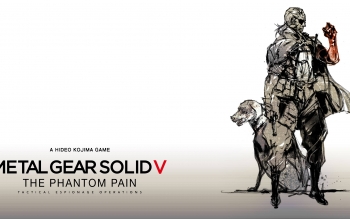
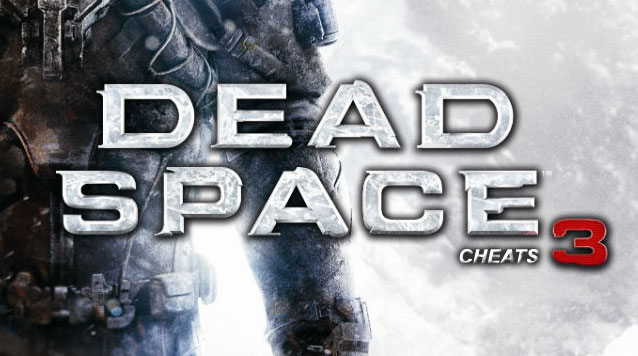

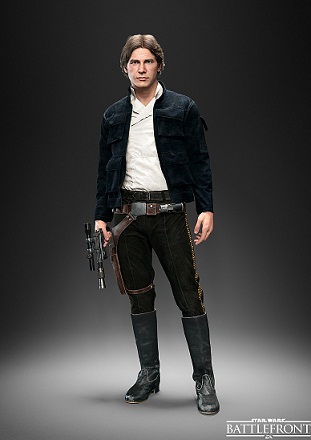
 Wolfenstein: The New Order PlayStation Trophy List
Wolfenstein: The New Order PlayStation Trophy List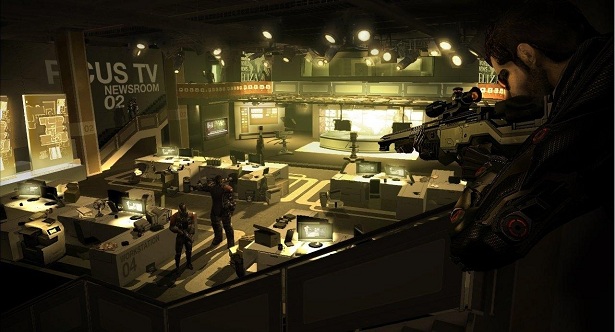 Deus Ex: Human Revolution Walkthrough
Deus Ex: Human Revolution Walkthrough 6 Microsoft Tactics to Make You Upgrade to Windows 10
6 Microsoft Tactics to Make You Upgrade to Windows 10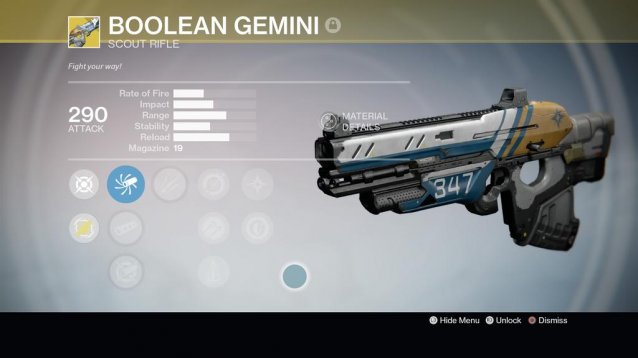 Destiny: The Taken King Guide - How to Get Boolean Gemini Exotic Scout Rifle
Destiny: The Taken King Guide - How to Get Boolean Gemini Exotic Scout Rifle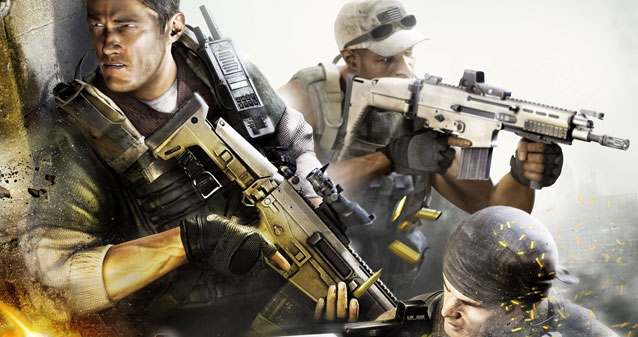 SOCOM 4 Review Round-Up: SOCOM 4 is Lacklustre, Found Wanting
SOCOM 4 Review Round-Up: SOCOM 4 is Lacklustre, Found Wanting